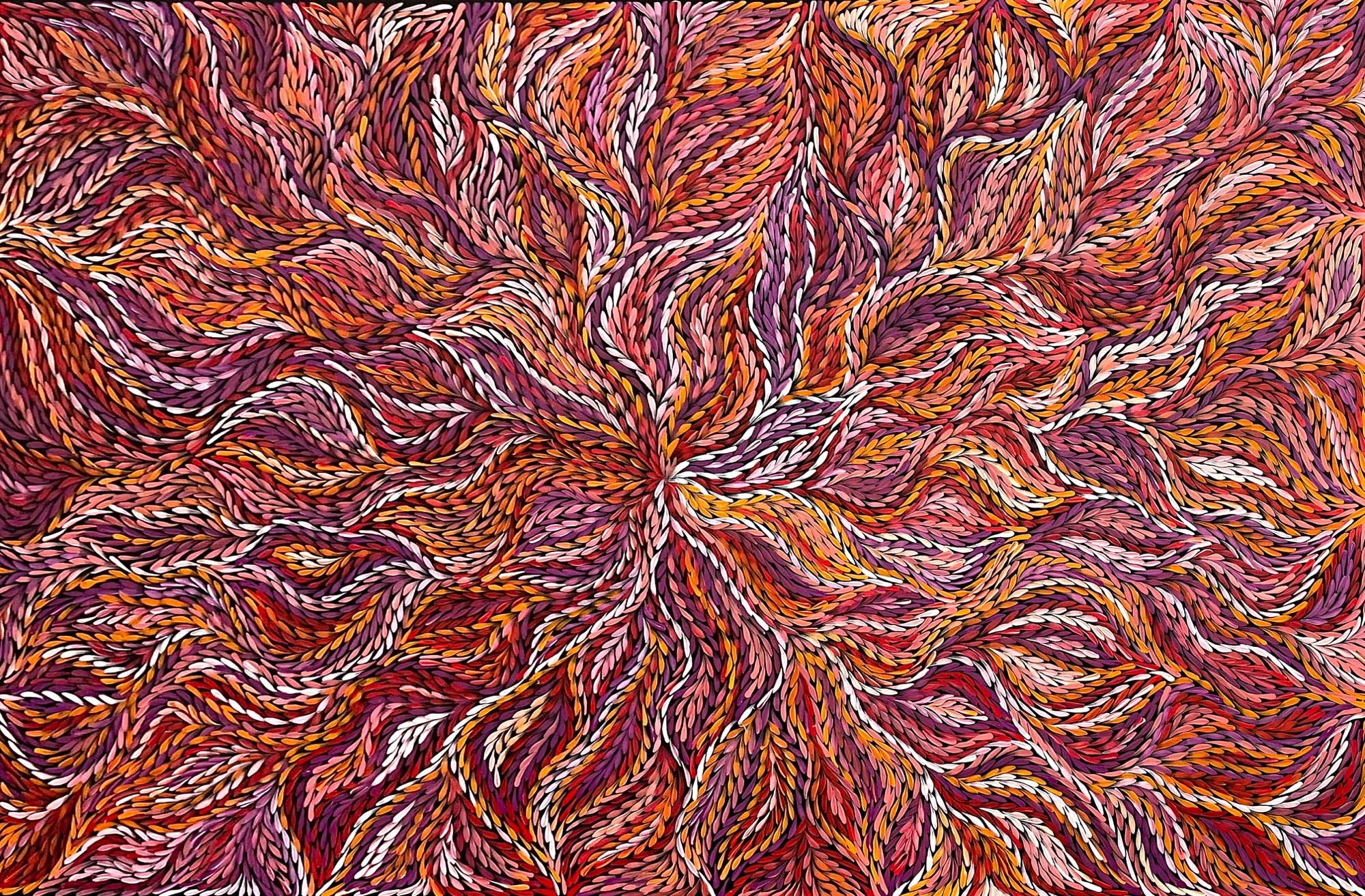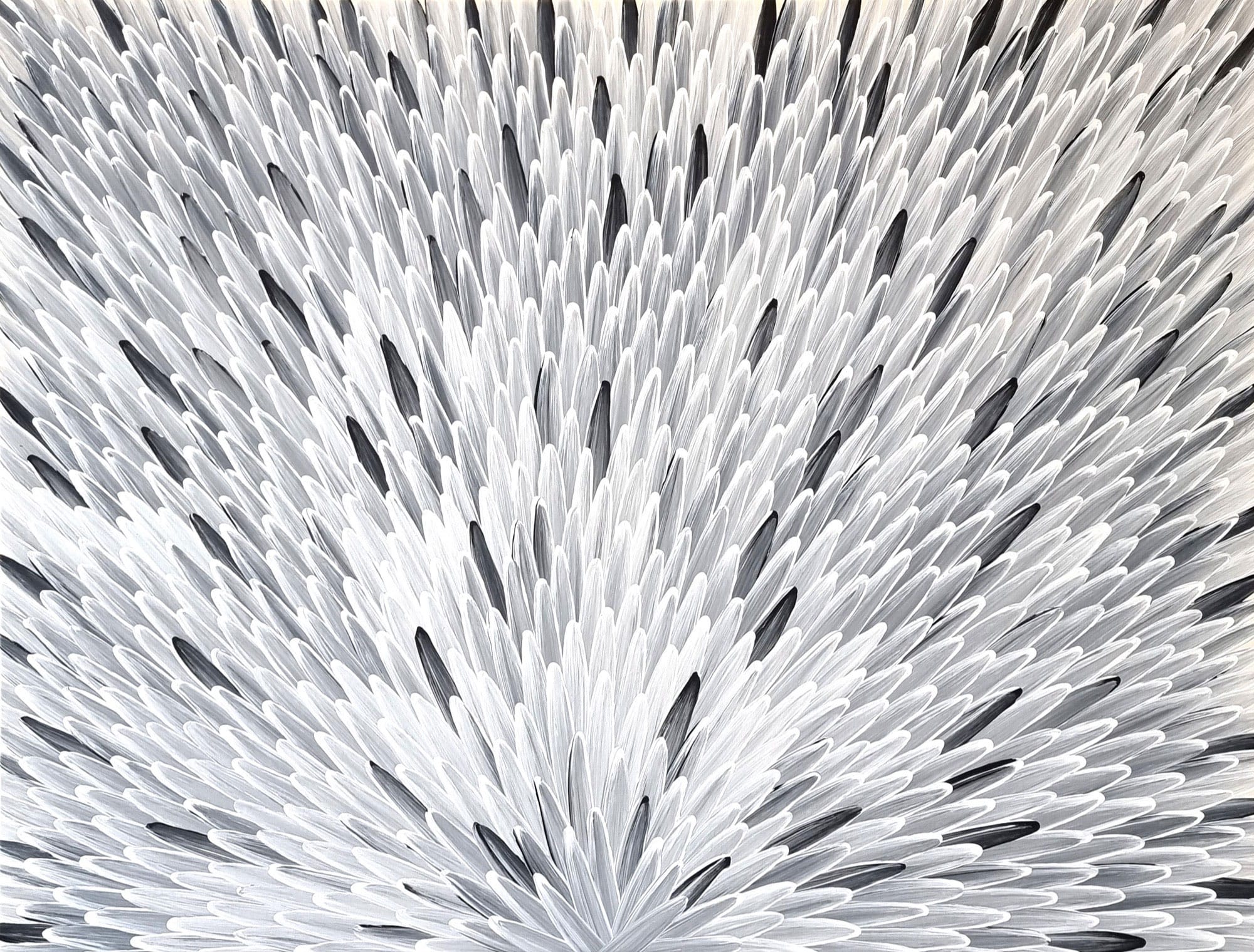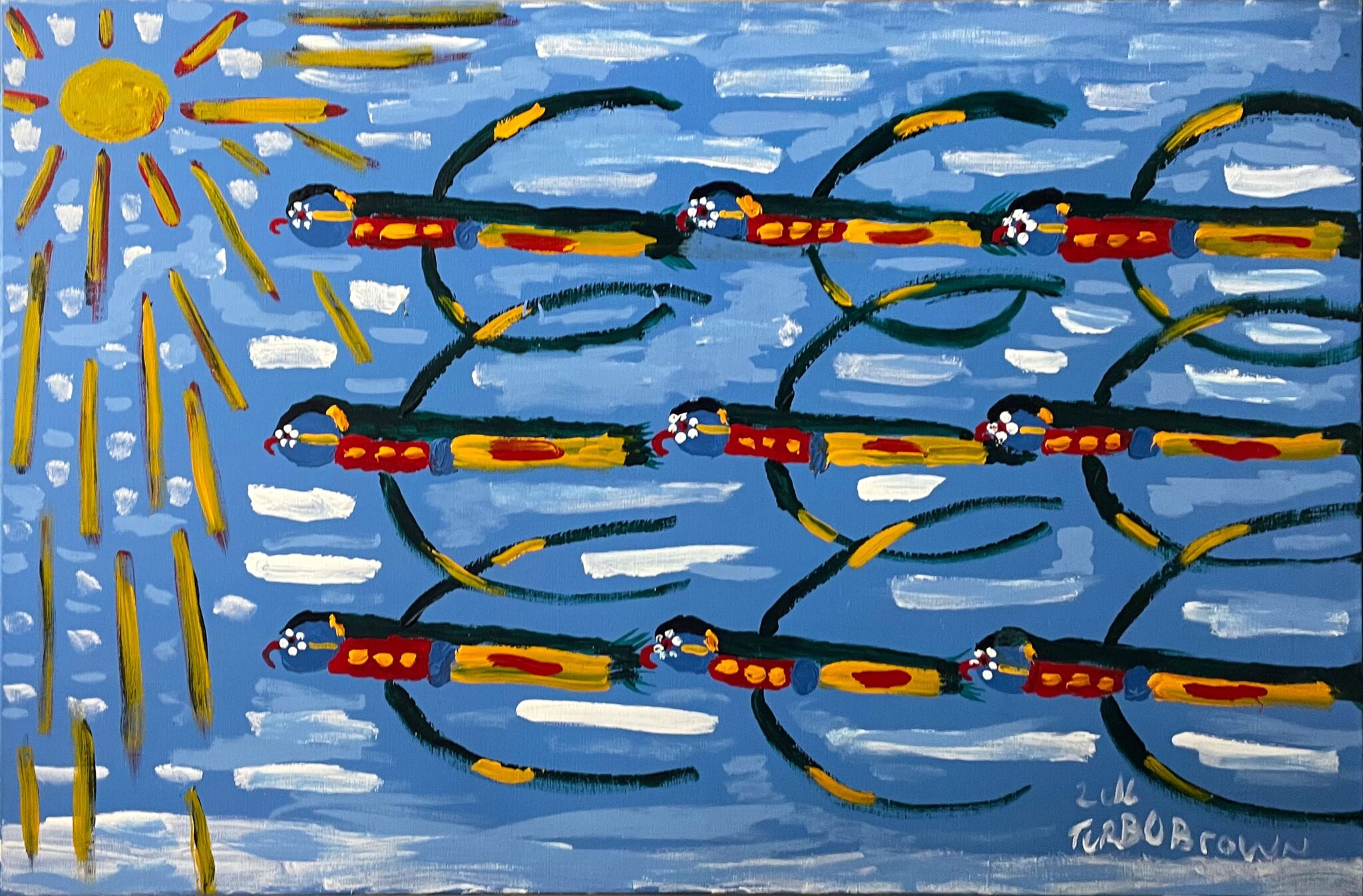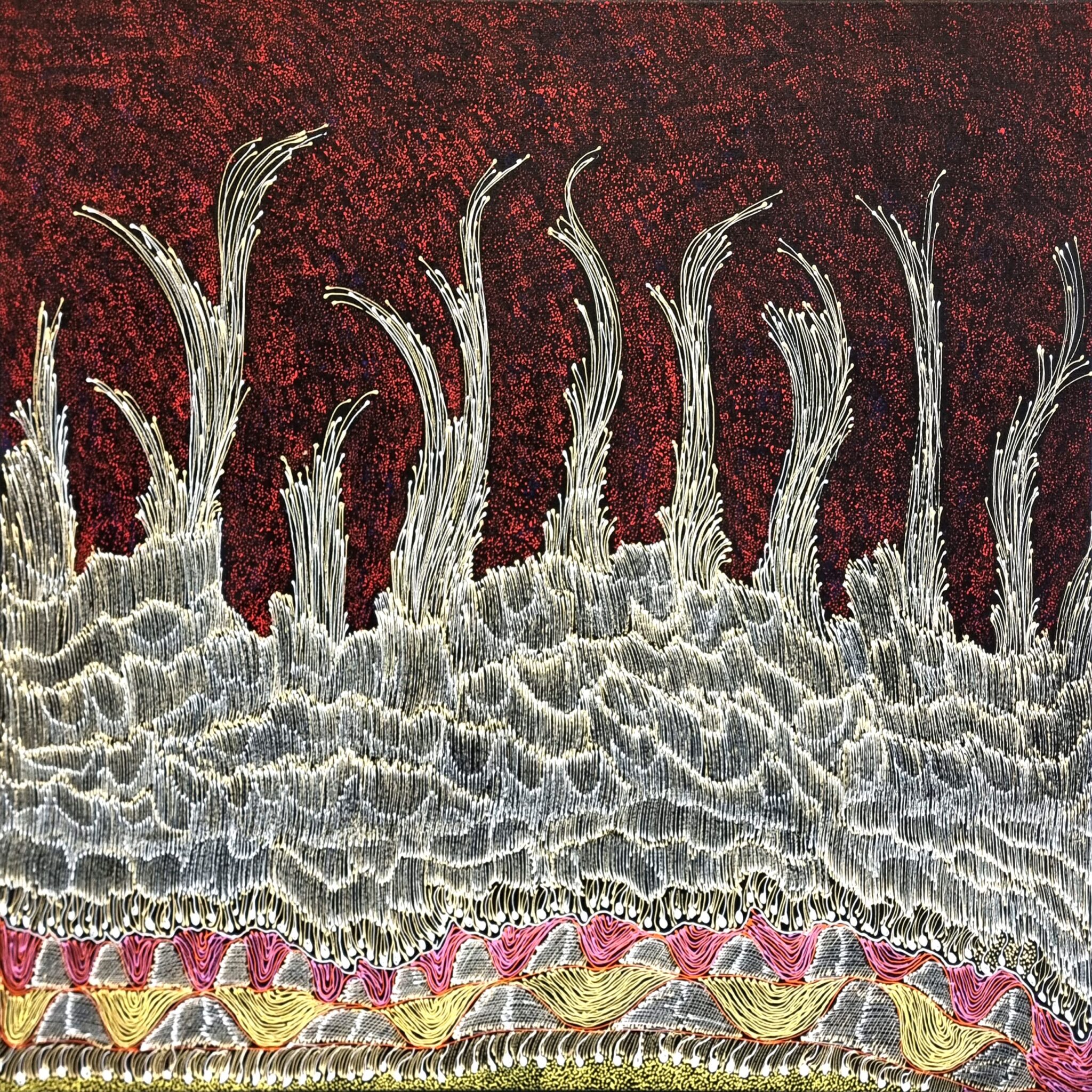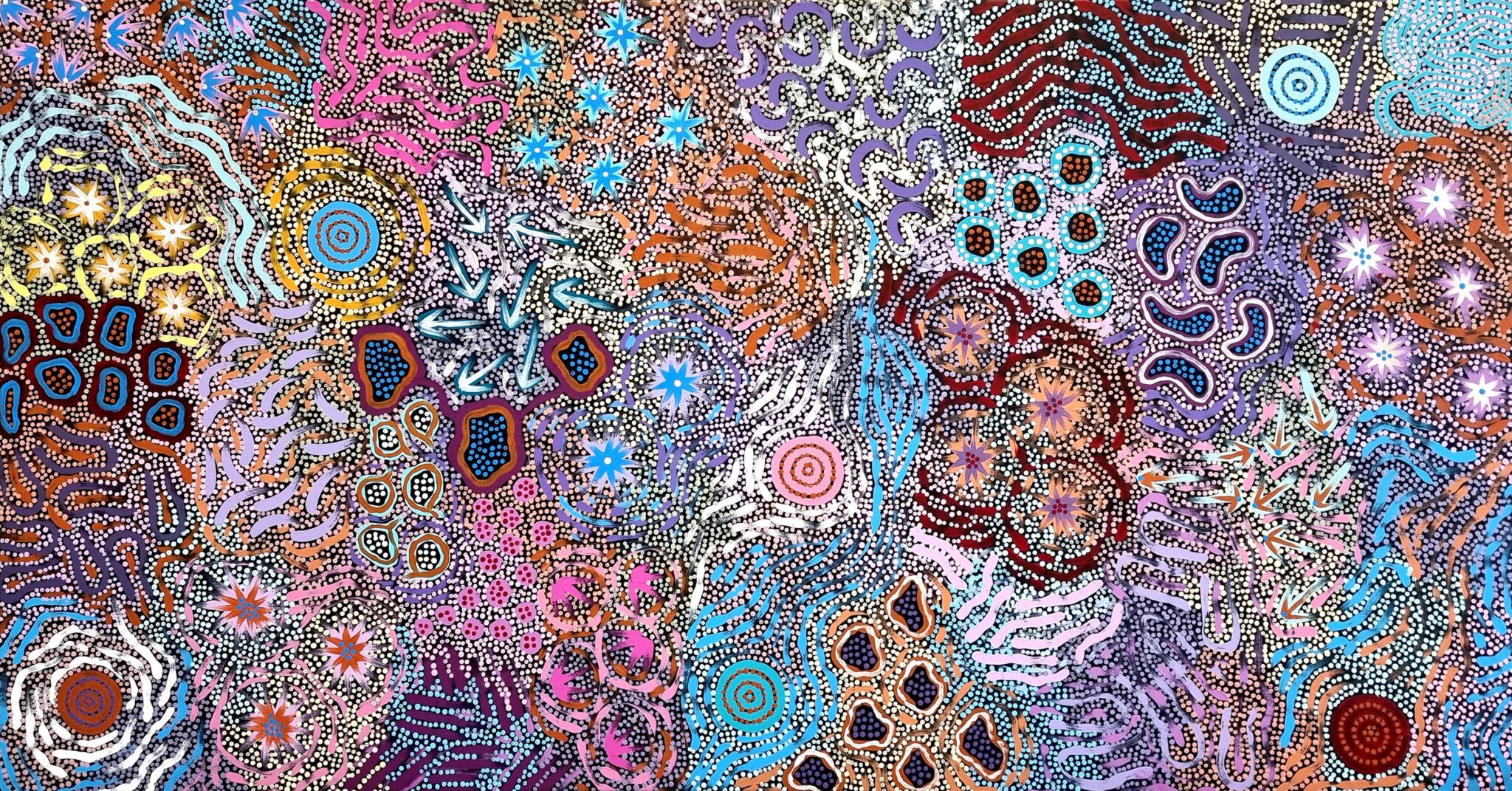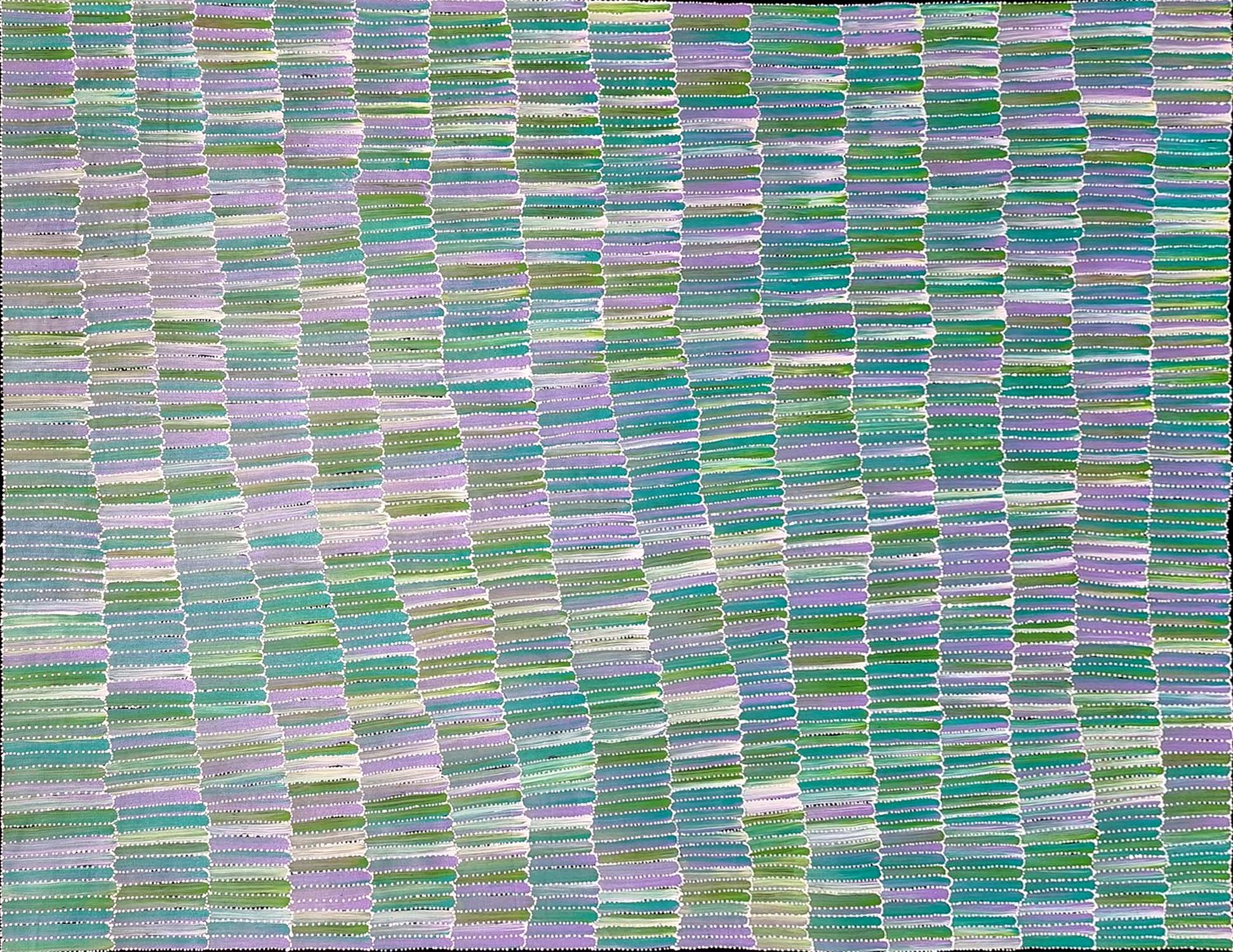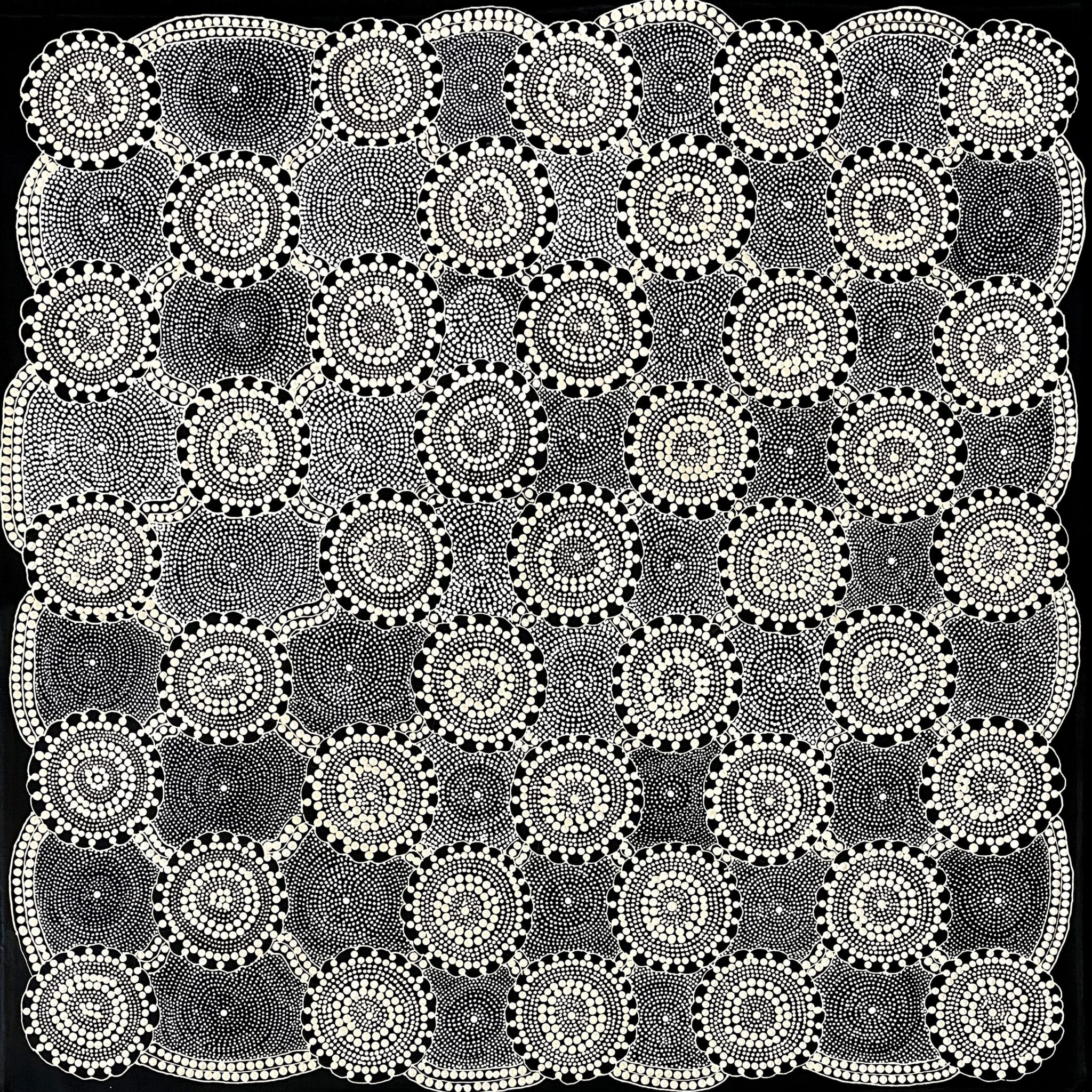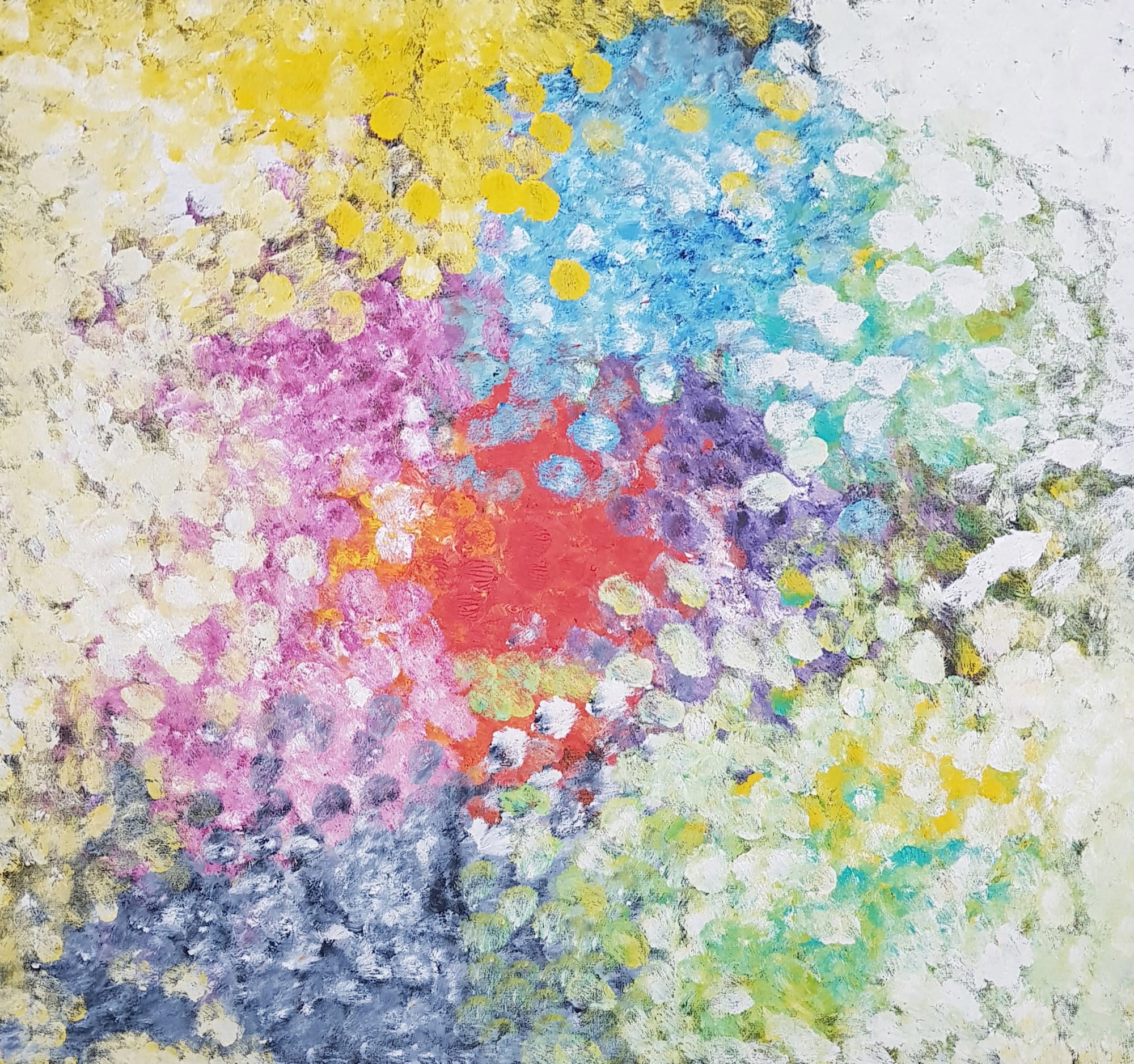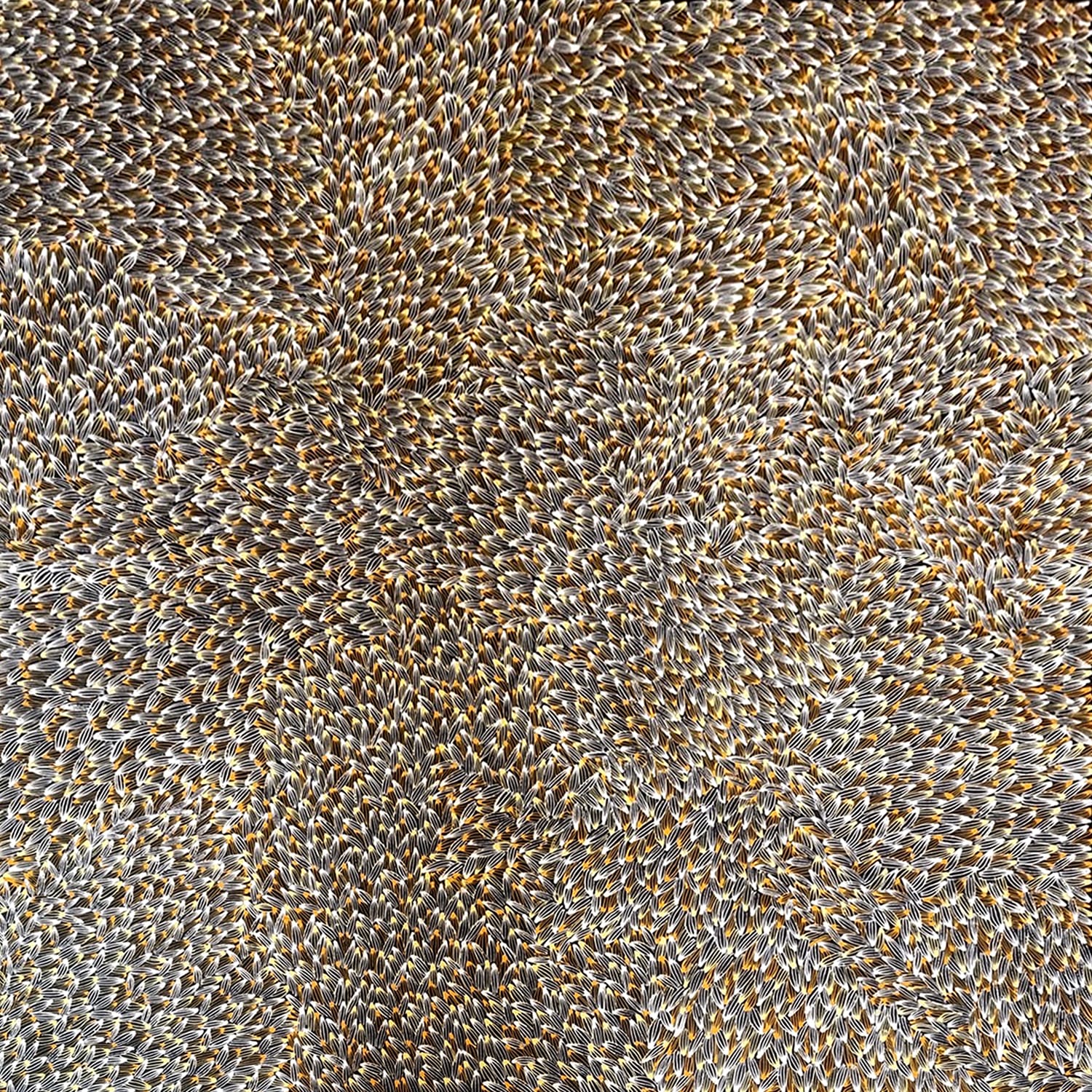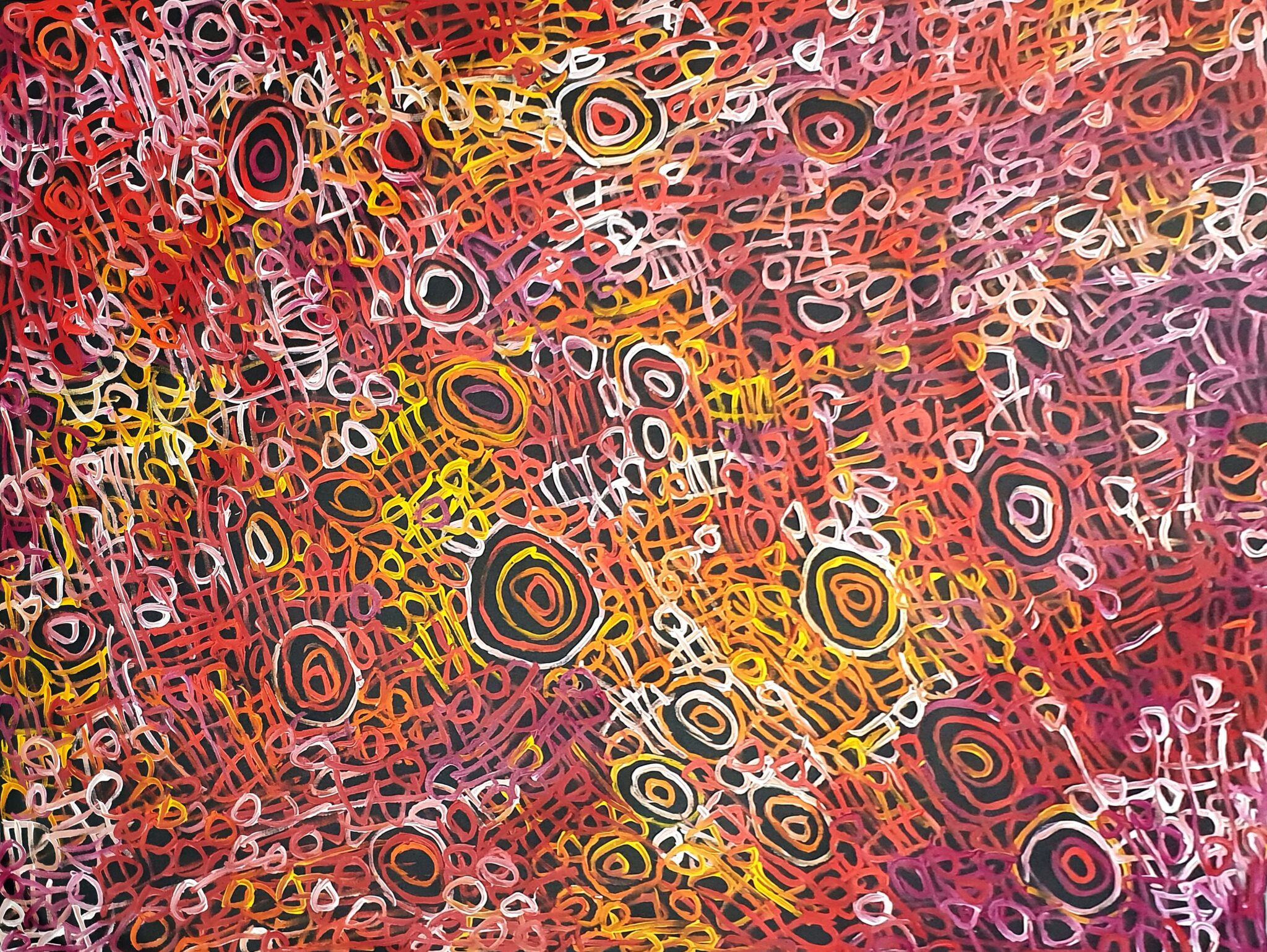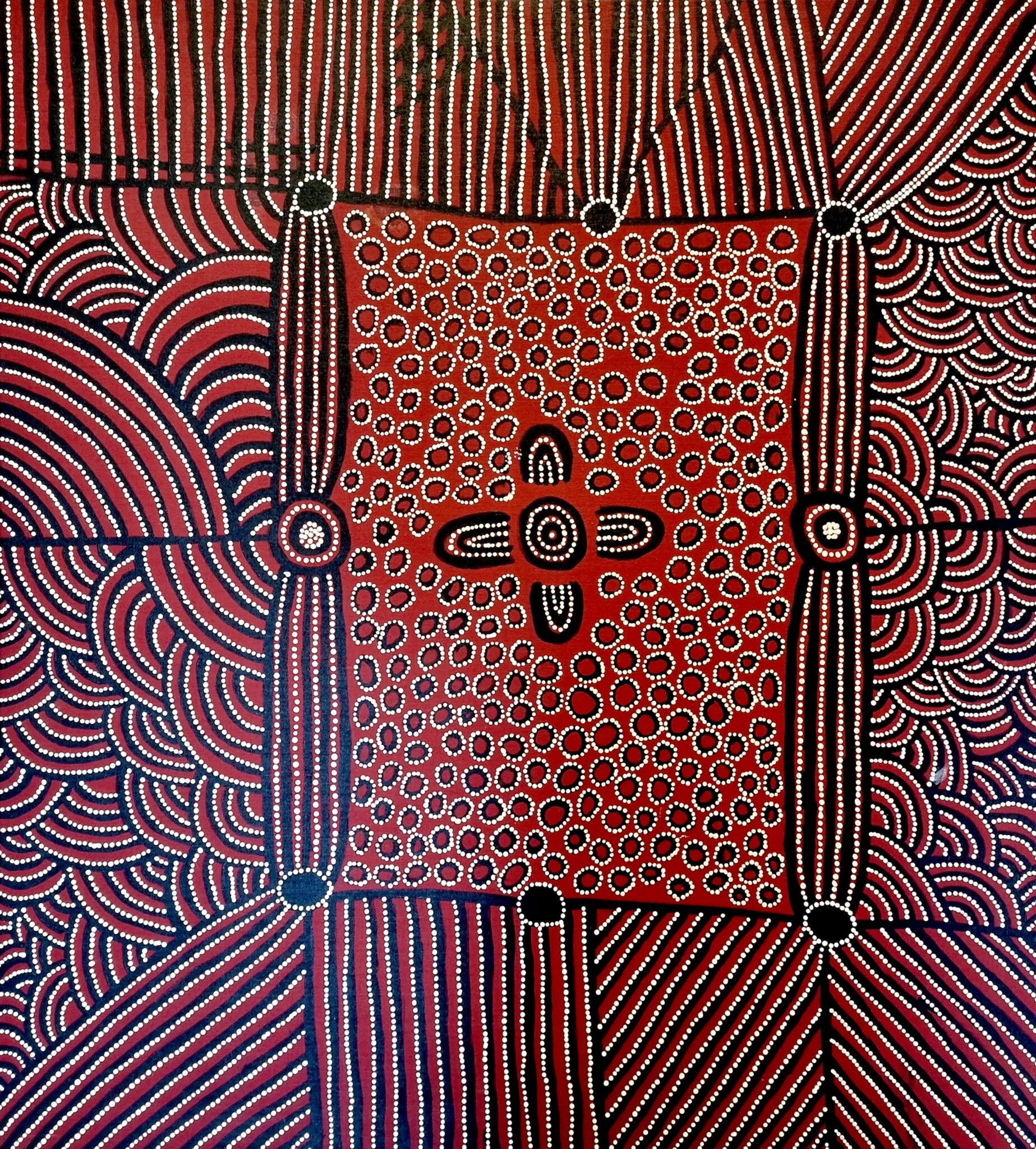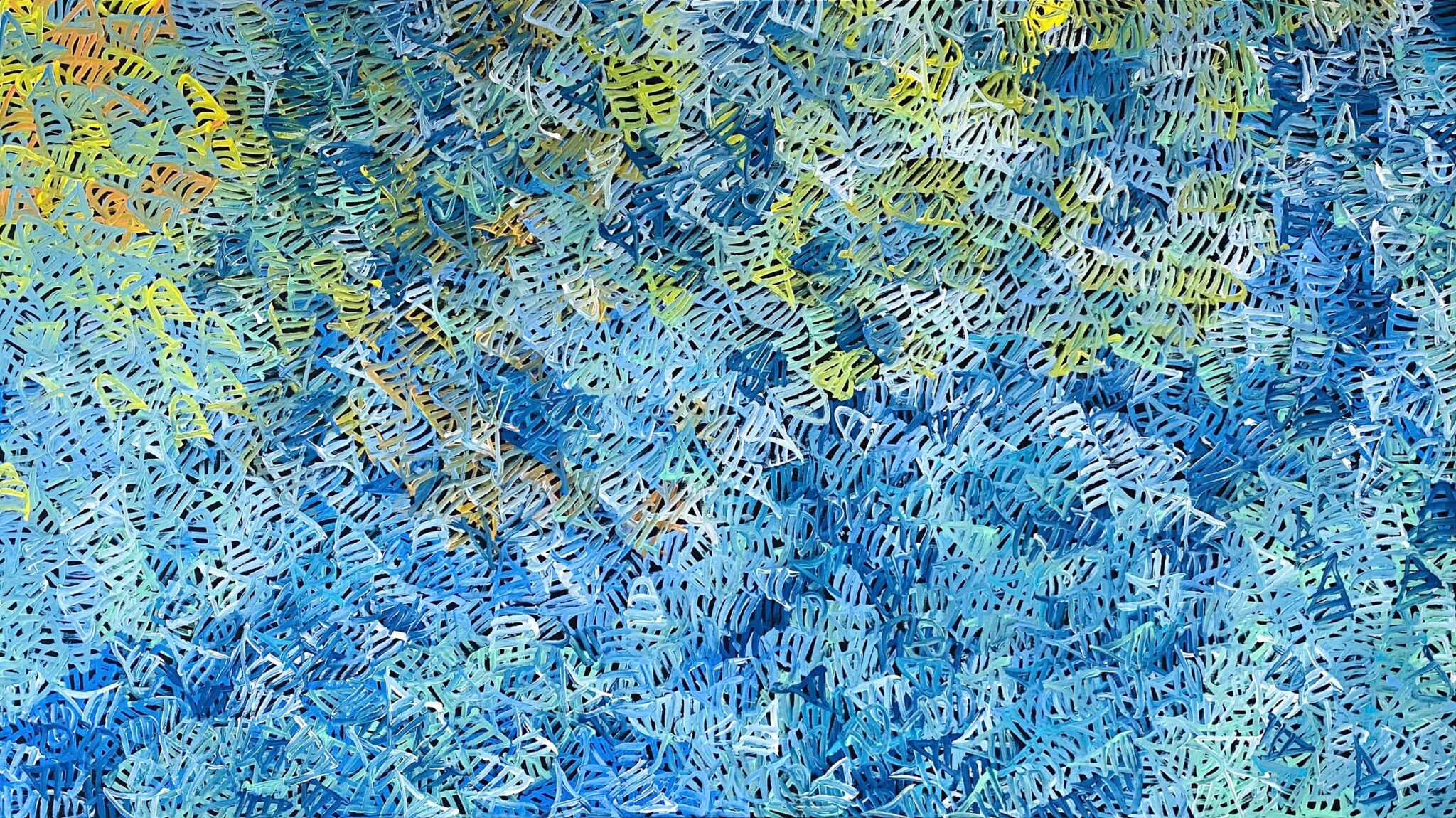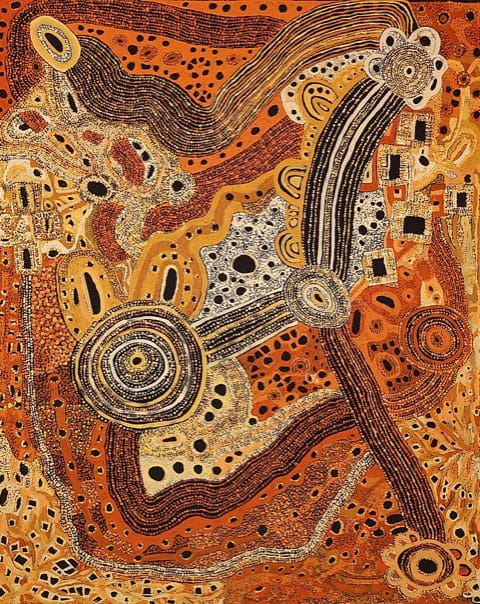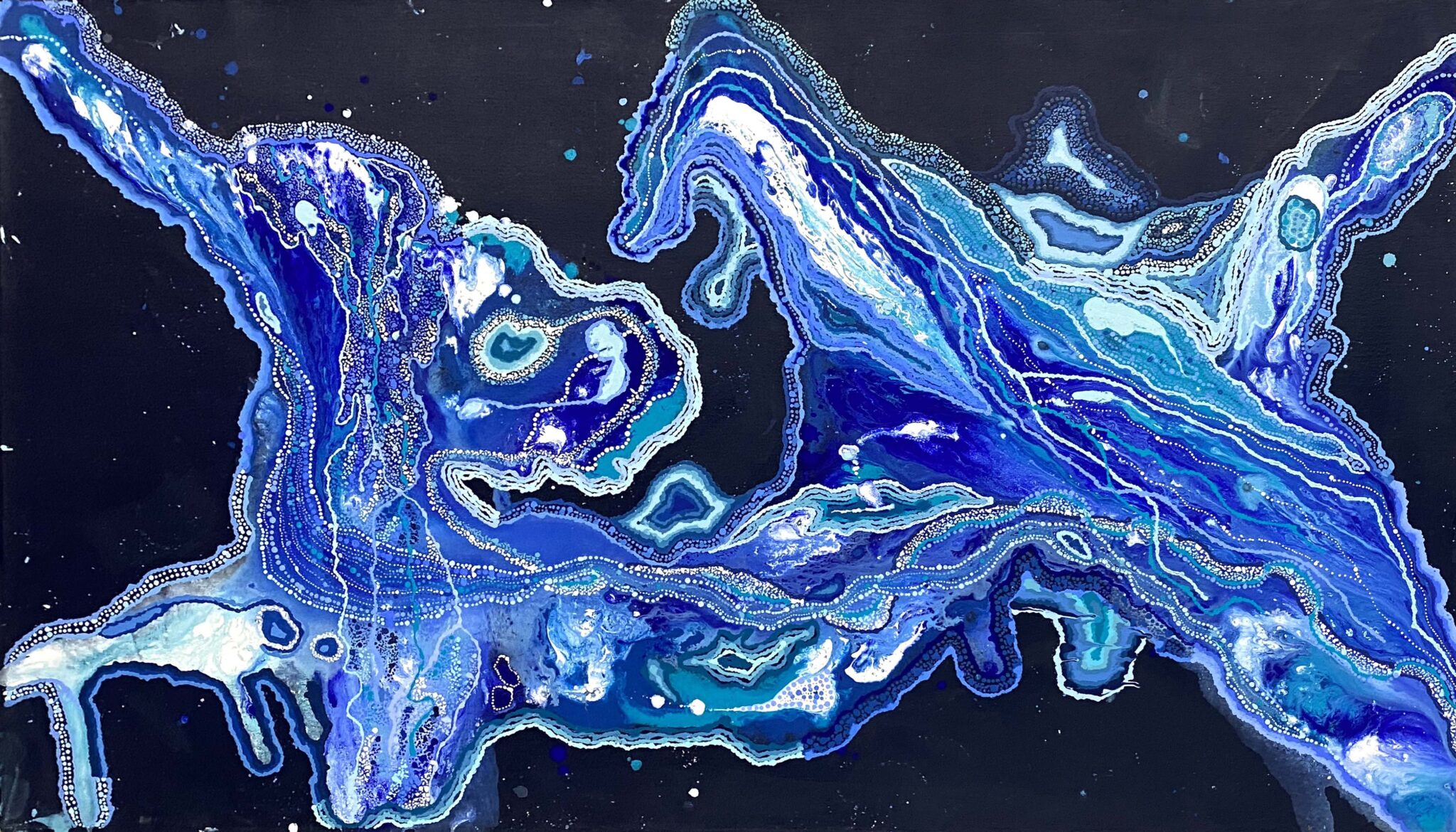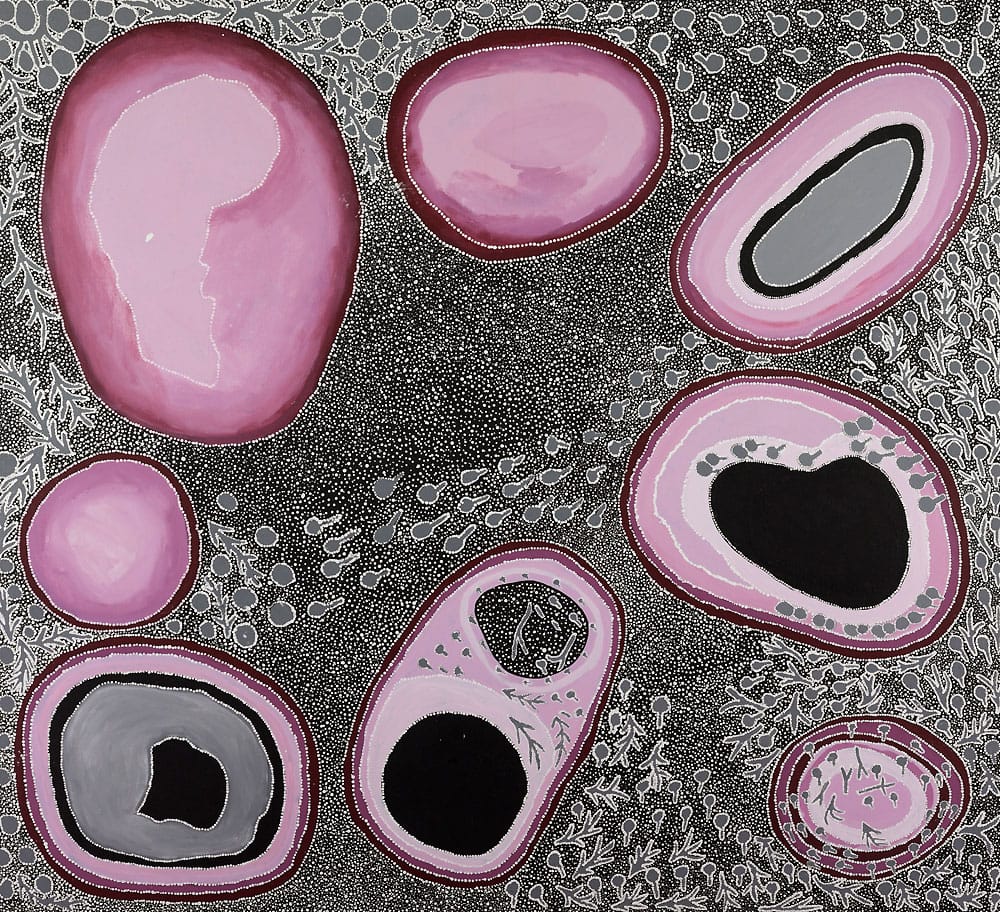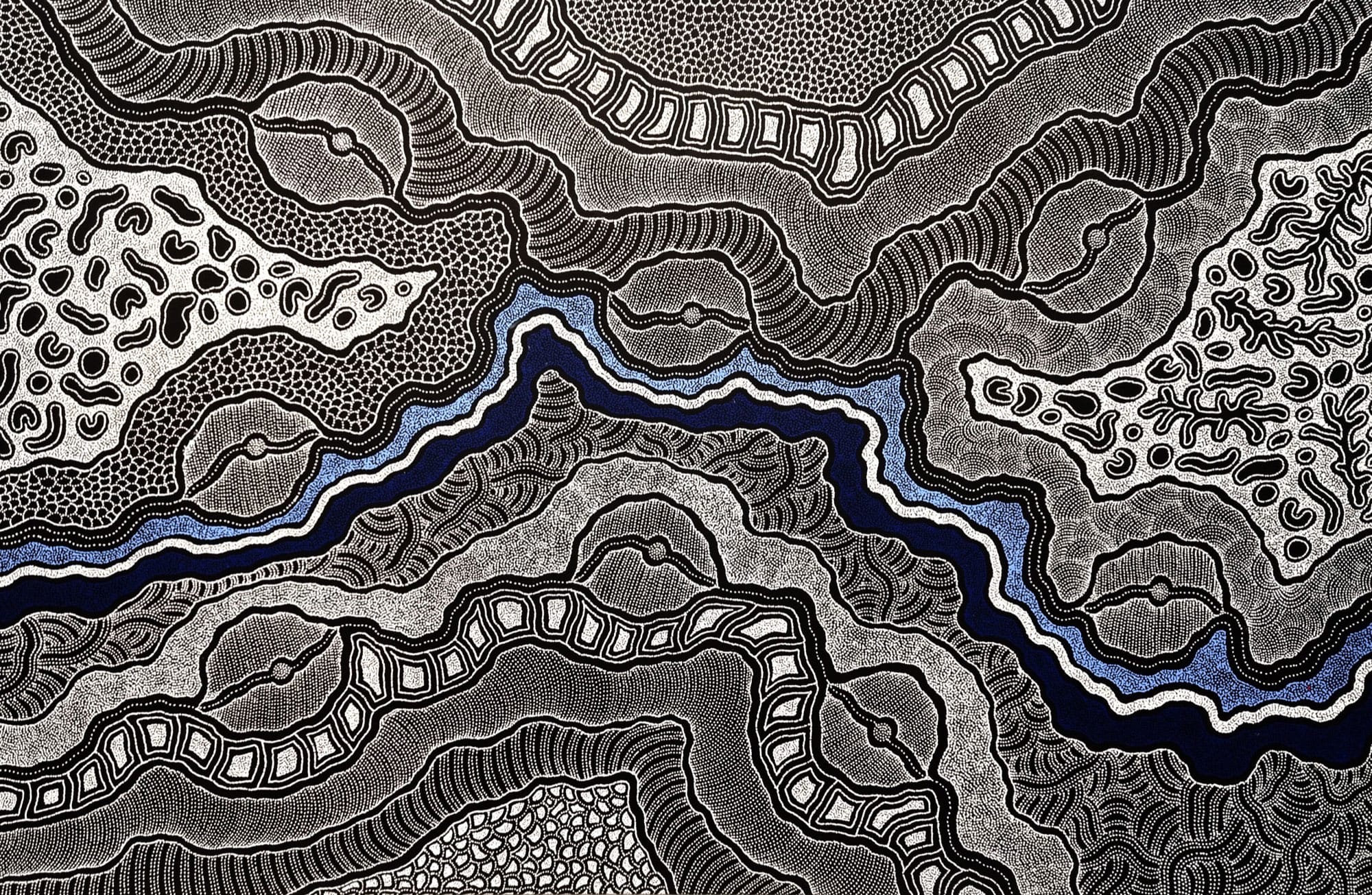ADAM KNIGHT & MITCHELTON GALLERY OF ABORIGINAL ART
The Mitchelton Gallery of Aboriginal Art was established by Adam Knight and Gerry Ryan OAM, who share a passion for Indigenous Australian art.
Exhibiting the outstanding work that continues to be produced in this field today, the gallery was created to provide an inspiring space for visitors to experience the artworks of Australiaís First People.
The collection, which sits at the basement level of Mitcheltonís iconic Ashton Tower, features some of the largest works produced by Australiaís most respected Indigenous artists including Yannima Tommy Watson, Gabriella Possum Nungurrayi and Clifford Possum Tjapaltjarri.
As the largest commercial gallery in Australia, it represents every major Indigenous artistic region including works from over 15 government art centres.
Adam Knight was born in this region, and was introduced to Aboriginal culture at a young age. His commitment to the artists continuing this rich tradition today has led to a career which has spanned over 30 years.
Recognised as a leading figure in the Aboriginal art industry, Adam is a past President of the Aboriginal Art Association of Australia, an approved valuer of the Australian Government Cultural Gifts Program, a founding signatory of the Indigenous Art Code of Conduct and a member of the Art Consultants Association of Australia. Adam has long term relationships with many artistic families, some spanning more than 25 years and often including multiple generations.
In addition, Adam is the principle consultant to Australiaís most active private collector of Indigenous artwork, Dr Patrick Corrigan AM and has curated over 80 exhibitions throughout Australia and abroad.

